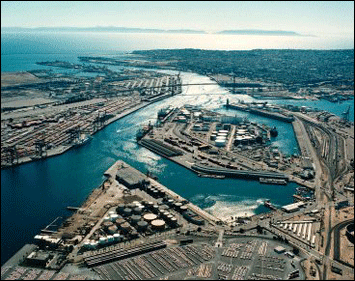.jpg)
More so than ever before, cities are vying for companies that create jobs. There’s the policy aspect that favors clean and green jobs. Then there’s the backroom bargaining that favors successful outcomes. Companies that can offer employment would do well to study some of the recent newsworthy examples. They include the failed attempt by Los Angeles to attract AnseldoBreda, local jostling to snare Tesla Motors, competition for Eli Broad’s museum, Los Angeles Stadium in the City of Industry, and the smaller manufacturing deals coming through the CRA of Los Angeles. Each one is fairly lucrative to the company and does not necessarily fit any set model. They are similar to the large retailers, like Costco or Walmart, who were able to negotiate attractive packages for redevelopment funds, property tax breaks, and property development benefits. I haven’t seen any studies if these retail developments met city economic expectations, but certainly the recent raise in sales tax makes up any marginal differences. It pays to understand the multitude of incentives available from local, state and national agencies.
Continue reading “Economic Development in Greater Los Angeles”






.jpg)

.jpg)